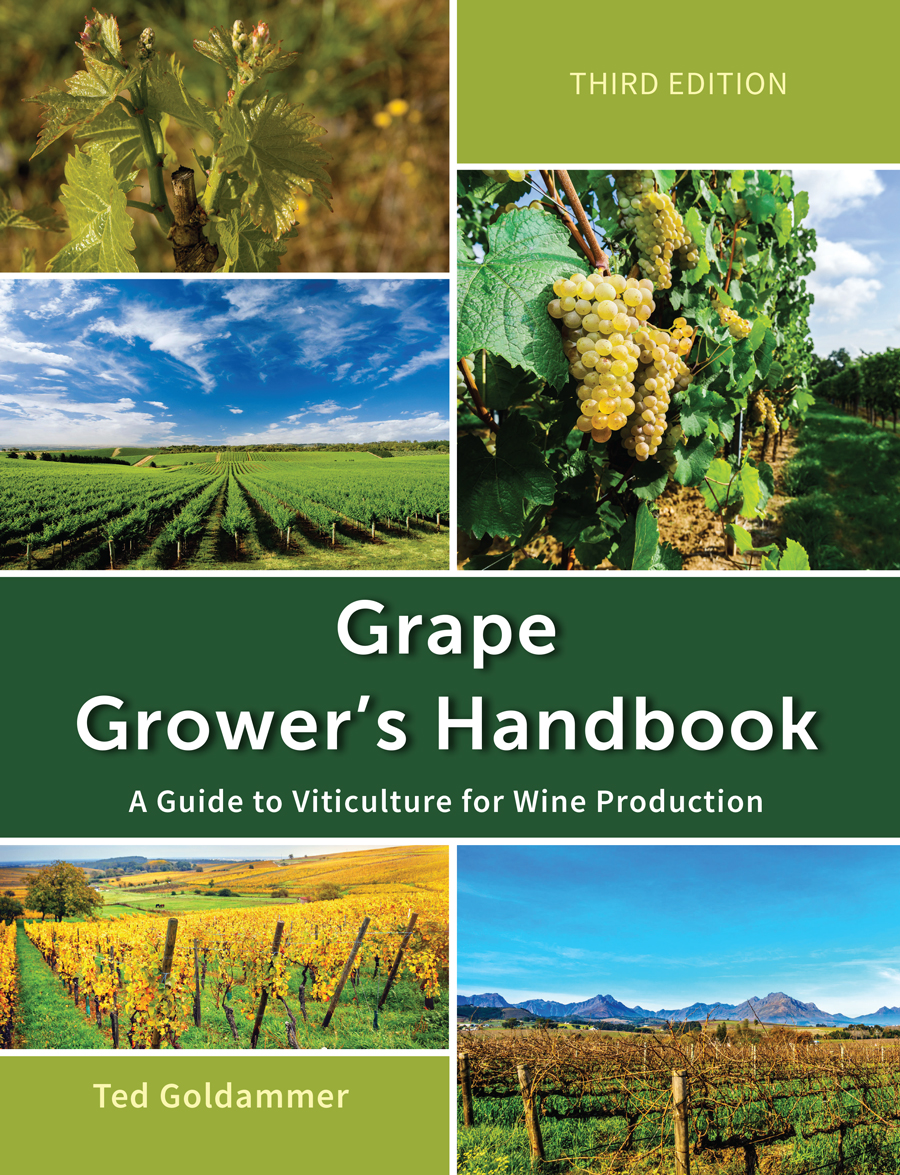Pesticide Application in Vineyards
Minimizing Spray Drift in Vineyards
The interaction of many equipment and weather-related factors determines the potential for spray drift. The grower is responsible for considering all these factors when making application decisions. The grower must be familiar with the product label, including restrictions that reduce the potential for drift to sensitive areas. Risk of exposure to aquatic and sensitive areas can be reduced by avoiding applications when wind is blowing toward the sensitive area. In addition to the potential damage to non-target areas, drift tends to reduce the effectiveness of the pesticide as well as increases vineyard production costs.
Weather Conditions
The prevailing weather conditions at the time of spraying greatly influence spray droplet spread and capture. Weather conditions that influence the application of agricultural chemicals are discussed below.
Horizontal Wind Speed and Direction
It is important for a grower to know the wind speed and direction above the vines or target area before carrying out any spray operation.
Temperature and Relative Humidity
Water is the main material used to dilute agricultural chemicals. As it evaporates, extreme care must be taken when applying small droplets.
Surface Temperature Inversions
Avoid ground and aerial applications into a surface temperature inversion. Drift potential is high during a surface temperature inversion in the vineyard.
Equipment
Sprayer Design
Several technological advancements in spray systems are available in controlling spray drift. The most popular and least costly to the industry has been in the design of spray nozzles (e.g., air induction).
Nozzle Selection
Different nozzles produce different spray characteristics. Cone nozzles produce more fine droplets than fan nozzles.
Spray Pressure
Spray pressure influences the size of droplets where by increasing the pressure results in smaller droplets.
Nozzle Spray Angle
Spray angle is the interior angle formed between the outer edges of the spray pattern from a single nozzle.
Distance between the Nozzle and Target (Boom Height)
The less distance between the nozzle and the target means less distance for a droplet to travel thus minimizing spray drift.
Drift Reducing Adjuvants
Use drift-reducing adjuvants in the spray tank as directed on the label. Most of these agents work by increasing droplet size since larger droplets are less prone to drift
Click on the following topics for more information on pesticide application in vineyards.

